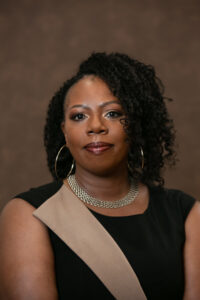embodied teaching
Select an item by clicking its checkbox
English is not my first language. The first time I went to an English-speaking school was in Baguio City, Philippines, in 2003. I was nervous about learning in a language that is not my own. Would I manage? And what if I failed? These questions haunted me as I boarded the ...
Take a deep breath in … and exhale. This has been a recurring practice in my classrooms lately. Taking a moment to breathe – both physically and pedagogically. What started as an interesting idea to shape my classes in a rhythm of breath, has proven to be a welcomed experience for students ...
This semester I taught the Gospel of Luke for the first time. My class was a seminar style class with seven students who worked diligently through the Lucan text while also engaging various scholars and they ways that these scholars used a variety of methods for interpretation. Since most of ...
Trauma. Is there any more apt word for the past few years? COVID-19, social distancing, racialized violence, political insurrection—these are just a few of the collective traumas affecting our lives. I’m sure each of us can name additional layers from a personal standpoint, from broken relationships to untimely ...
My daughter looks forward to her trip to Disneyland, which is scheduled for her twelfth birthday. She listens to the stories about the park from her friends, reads the descriptions on the website and magazines, and watches numerous ads on YouTube. One day I asked her (trying to save some ...




